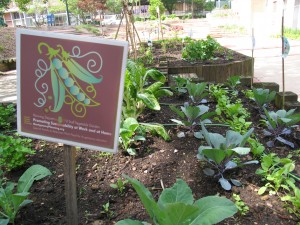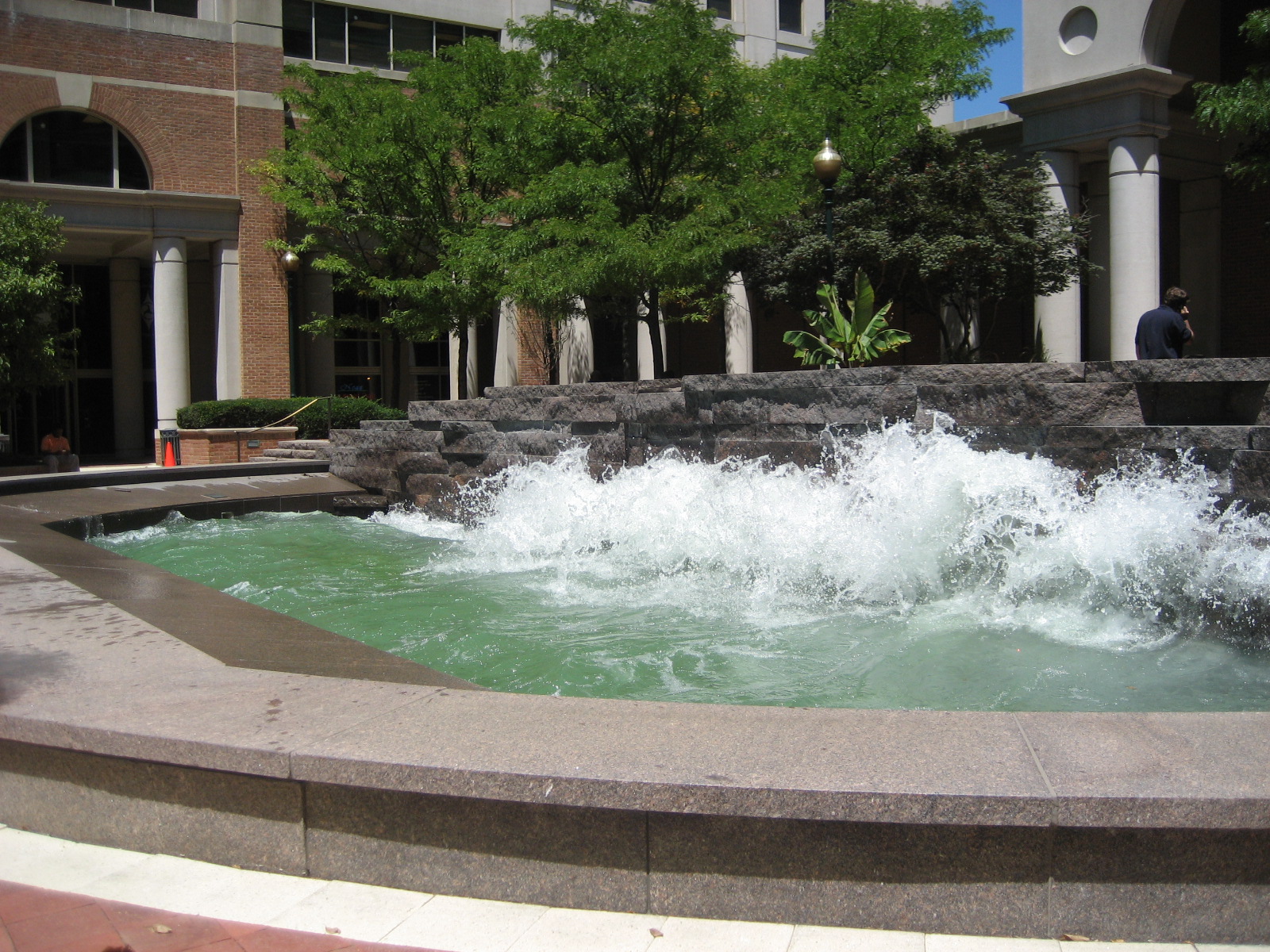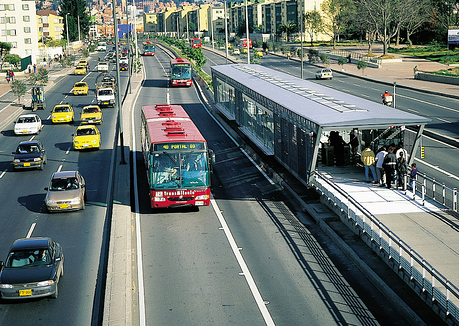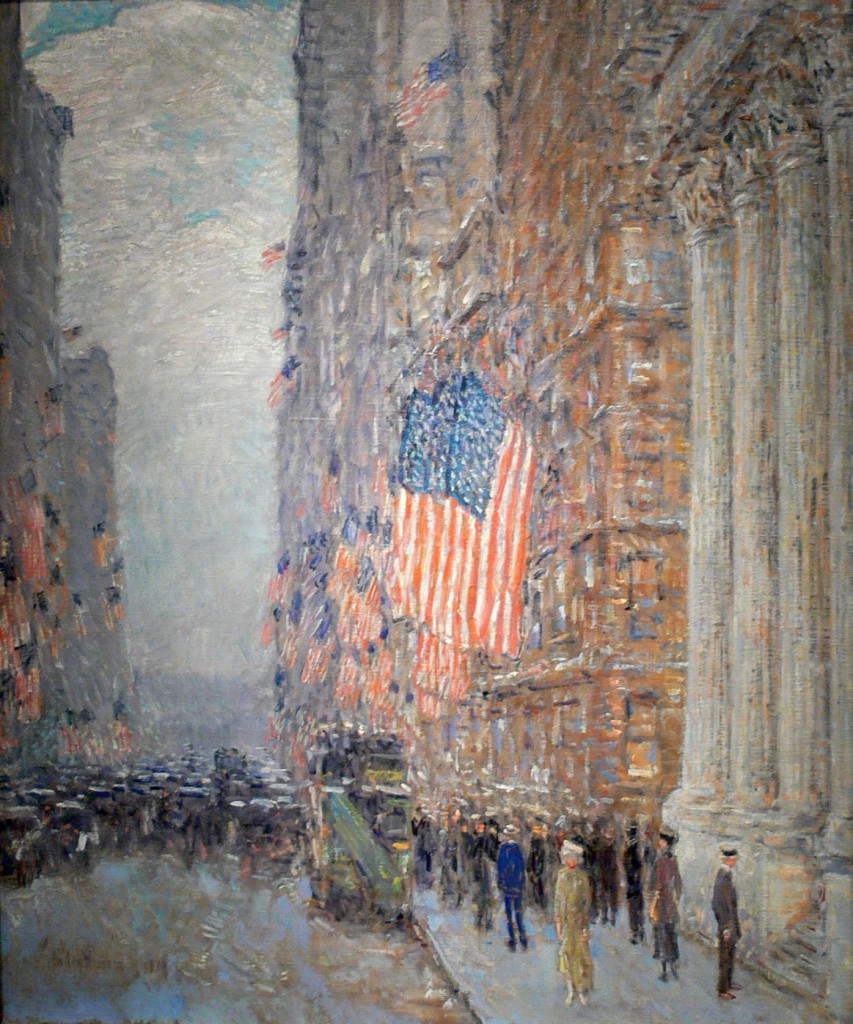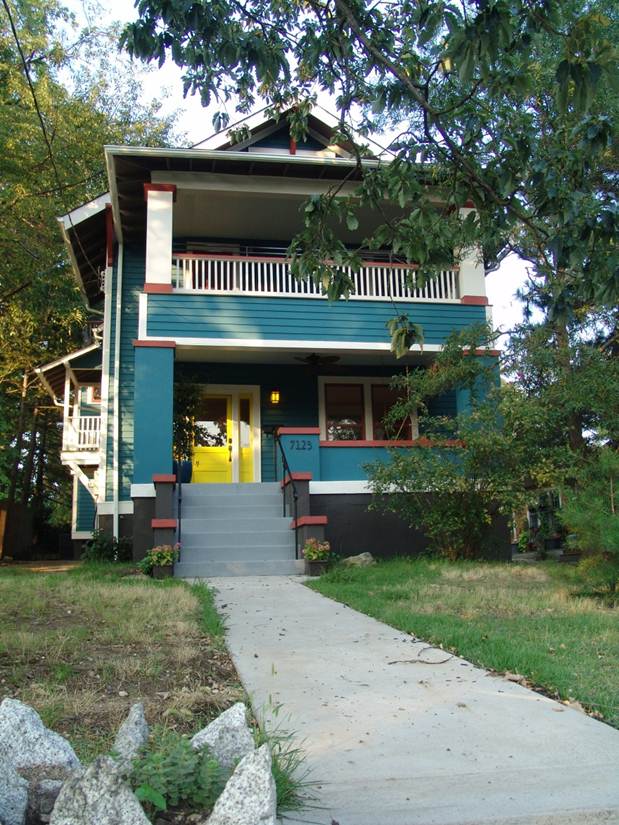
In response to the article, “The year ahead: A top 10 list of transportation projects to watch“, I have to say I’m quite disappointed. Not by the content per se, but the title.
Of the 10 projects listed, only 4 are truly “transit” projects; the other 6 are highway projects/roadway improvements (all 10 of which are “transportation” projects). The problem that drives some of us in the design and planning business crazy is that it is precisely because these two concepts are conflated, that we miss the opportunity to truly assess progress for more sustainable, congestion-reducing transportation solutions. Words matter because there is so much baggage attached to them.
While, broadly speaking, “transit” is the movement of something from … Continue reading

